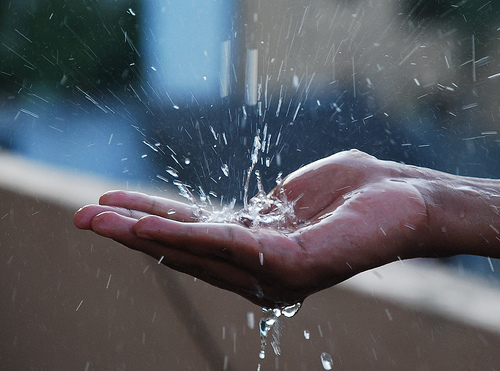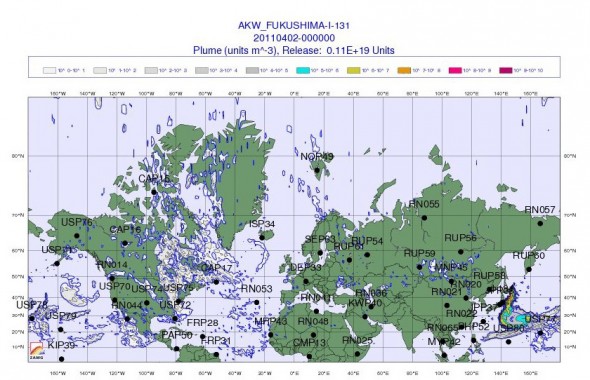Via The Bay Citizen
Federal officials have still not published any official data on nuclear fallout from Japan disaster
Radiation from Japan rained on Berkeley during recent storms at levels that exceeded drinking water standards by 181 times and has been detected in multiple milk samples, but the U.S. government has still not published any official data on nuclear fallout here from the Fukushima disaster.
Dangers from radiation that is wafting over the United States from the Fukushima power plant disaster and falling with rain have been downplayed by government officials and others, who say its impacts are so fleeting and minor as to be negligible.
But critics say an absence of federal data on the issue is hampering efforts to develop strategies for preventing radioactive isotopes from accumulating in the nation’s food and water supplies.
Three weeks after the Fukushima nuclear power plant began spewing radiation into the world?s air, the U.S. government still has not revealed the amount of iodine-131 or other radioactive elements that have fallen as precipitation or made their way into milk supplies or drinking water.
?The official mantra from a lot of folks in government is, ?Oh, it?s OK in low levels,?? said Patty Lovera, a Washington-based assistant director at the nonprofit Food and Water Watch.
?But low levels add up. We would like to see a more coherent strategy for monitoring air and water in agricultural areas and then using that data to come up with a plan, if you need one, to go look at the food system.?
Radiation falling with rain can cover grass that is eaten by cows and other animals. It can also fall on food crops or accumulate in reservoirs that are used for irrigation or drinking water. Seafood can also be affected.
The UC Berkeley researchers also discovered trace levels of iodine-131 and other radioactive materials believed to have originated in Japan in commercially available milk and in a local stream.
Low levels of ioidine-131 were detected by state officials this week in milk harvested from San Luis Obispo. Milk from that region is tested frequently for radioactive material because its located near the Diablo Canyon nuclear power plant.
Spread of radioactive Iodine-131 in the Northern Hemisphere (ZAMG):





